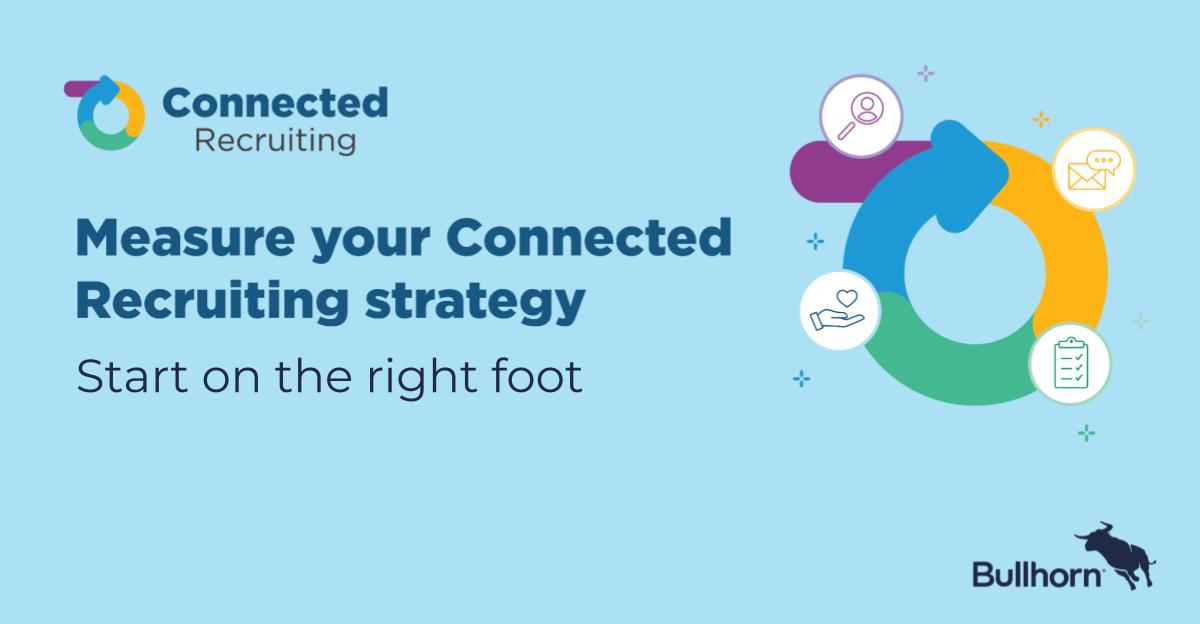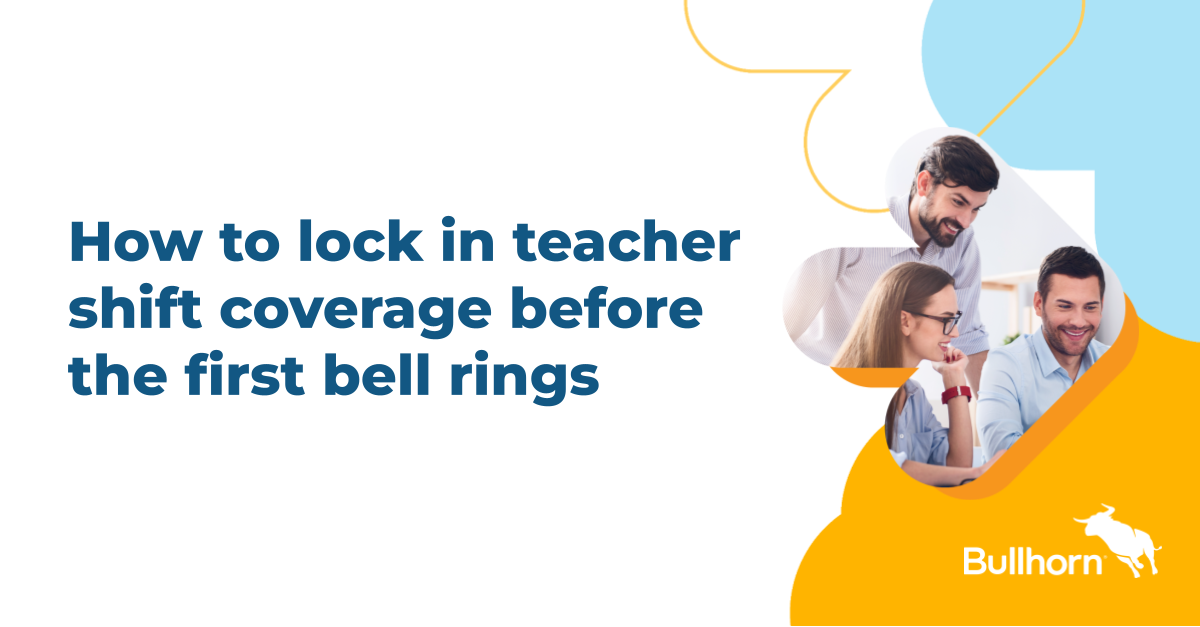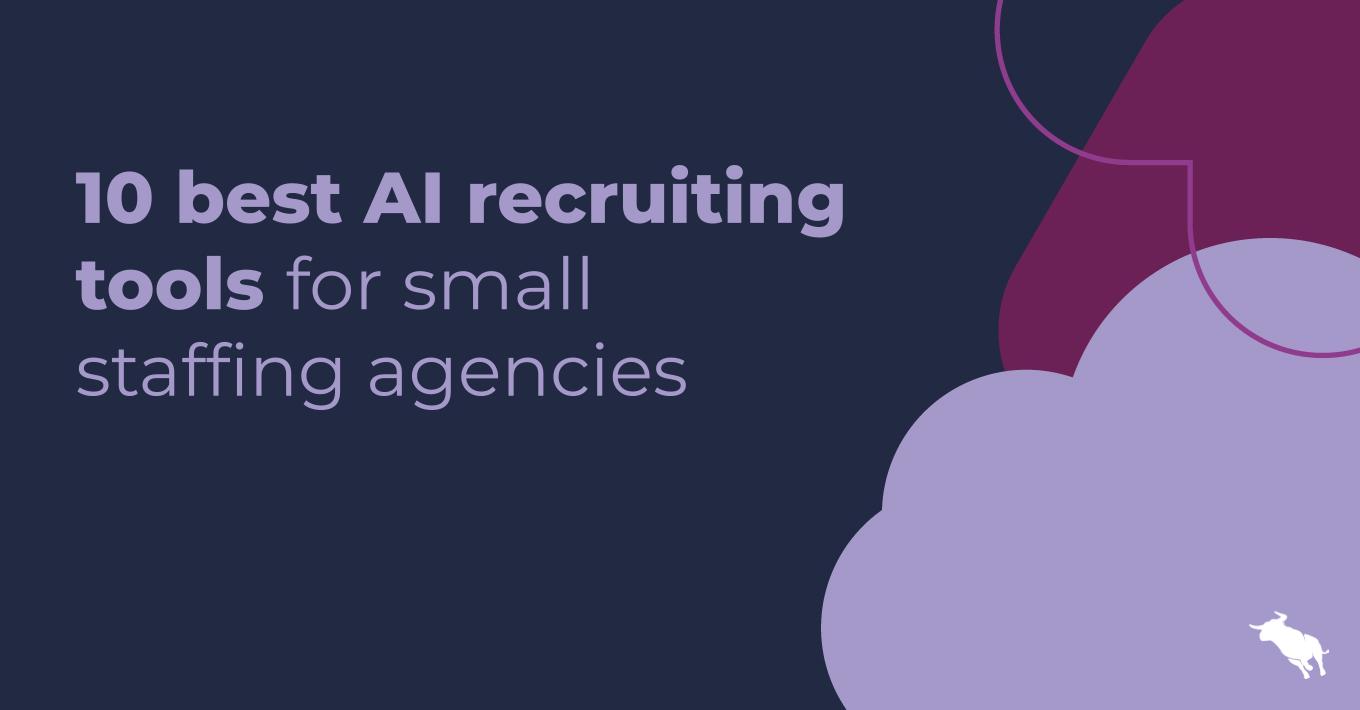Measure your Connected Recruiting strategy: Start on the right foot

So your business is embarking on the Connected Recruiting strategy. Your leaders agree, and you have an idea of what you’re trying to achieve and what you plan to do. However, the success of this plan rests on how you apply and measure the moving parts of such an undertaking.
In this five-part blog series, we’ll give you an end-to-end guide on how to measure and iterate the success of your Connected Recruiting strategy. Let’s start at the beginning.
Firstly, your leadership team may be aligned, but is everyone else? Your first task is to communicate the what and the why of Connected Recruiting to everyone in the business who can impact its outcome. This open communication is essential for several reasons: recruiters should understand why they stand to benefit from a highly engaged talent pool, and team leaders and managers need to be able to manage the expectations of their teams.
Read on to learn how your organization can start your Connected Recruiting endeavor on the right foot.
Unify the message
An inconsistent message could provide wildly different or inconsistent results between divisions, teams, and recruiters. Even diverging opinions on what Connected Recruiting means can give way to microcosmic strategies between desks. Start on the right foot by unifying the message.
It’s vital to ensure everyone is working from the same playbook. Sit down with your team and establish what Connected Recruiting looks like for your organization. What are your organization’s values? Your mission? How does Connected Recruiting align with your vision? (If you need a starting point, check out our introductory guide to Connected Recruiting.) Aligning your team from the start helps to set a strategy that’s in step with your business goals.
Establish the process
Once your team is on the same page, it’s time to start establishing your process. Refer back to the four stages of Connected Recruiting and agree upon a standardized process for each stage, from attracting all the way through nurturing. What is an acceptable timeframe to respond to an application? How long is your average time to placement? What does your process look like for contacting and resubmitting a finishing contractor?
A good process is no place for feelings and hunches; it’s important to set a standard here (perhaps with some spot analysis) and ensure it is agreed upon and stuck to. Prioritize integration and continuity. You’re designing a process that you want your candidates to repeat – and enjoy.
Given that Connected Recruiting is about combining your best practices with technology, this is also where you can determine what kind of tech you’ll need to leverage to hit your goals. Maybe your organization is ready to leverage Bullhorn Automation or Analytics, or perhaps you’ll look to the Bullhorn Marketplace to round out your tech stack.
Set expectations around data quality
When everyone understands what they’re doing and why they’re doing it, the final step is to ensure it’s being done right. After all, how will anyone measure anything if records are created inconsistently or not at all?
Does your database need to be cleaned? Now’s the time to eliminate duplicates, update old records, and establish a system for structuring incoming data so you have records you can rely on. (To get started, here are 25 Tips on How to Manage Your Candidate Database.)
If the project isn’t built on a stable foundation of data quality, then the following steps may elude you. In the blogs to follow, we’ll talk about how to gather data, how to analyze it, and how to iterate on your Connected Recruiting strategy.
Don’t miss the rest of our five-part blog series on measuring your Connected Recruiting strategy: subscribe to the Bullhorn Staffing Blog today.









